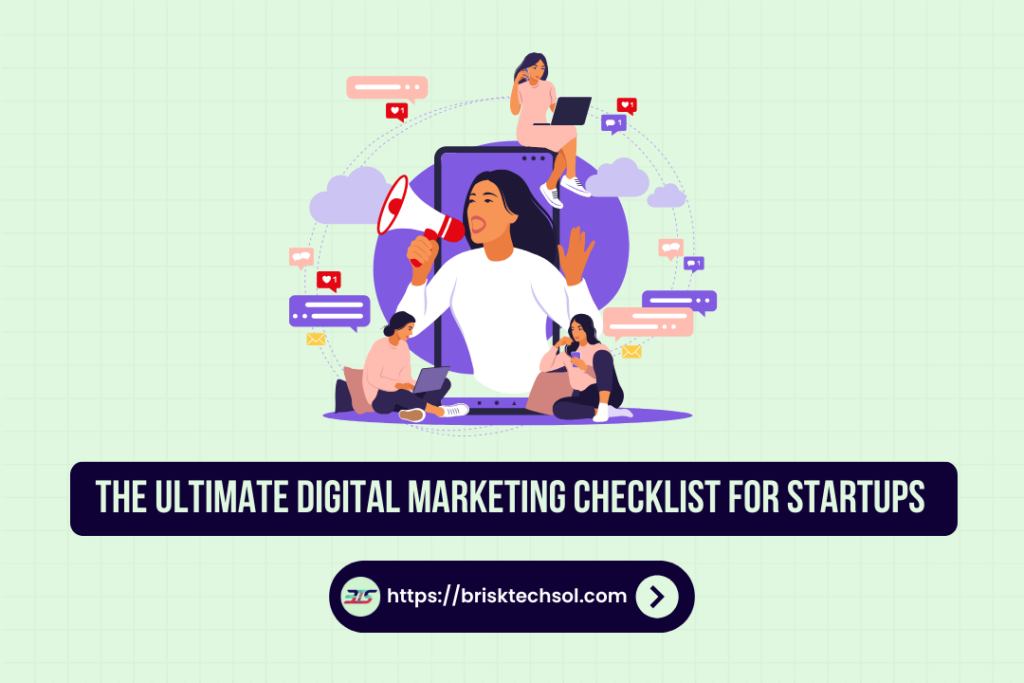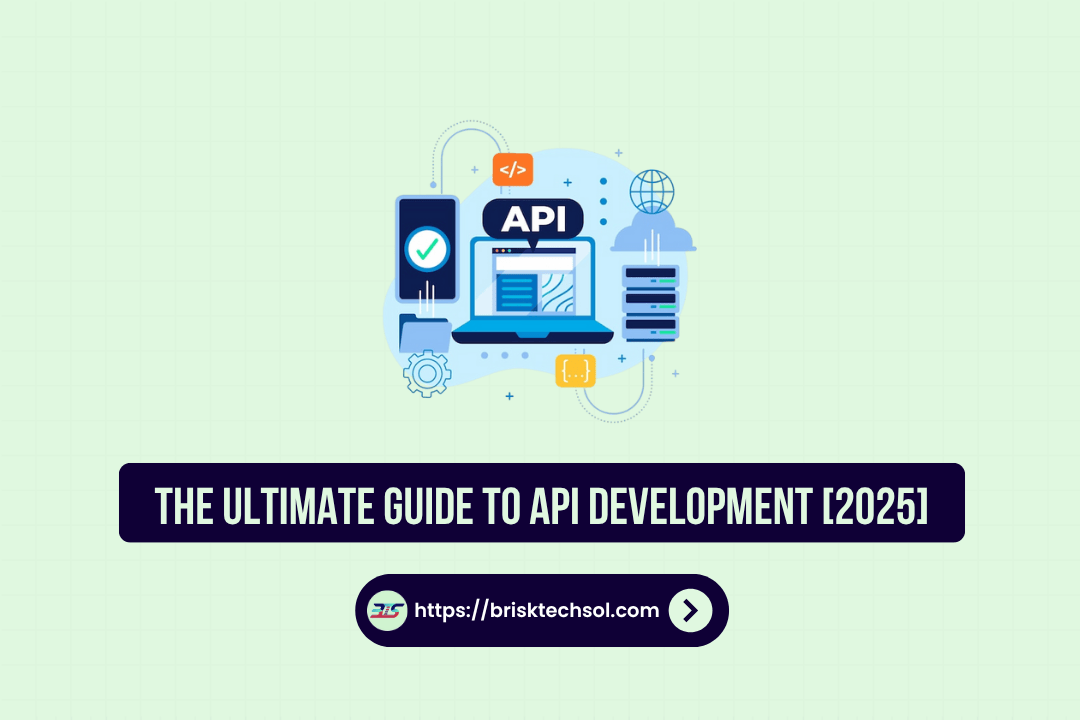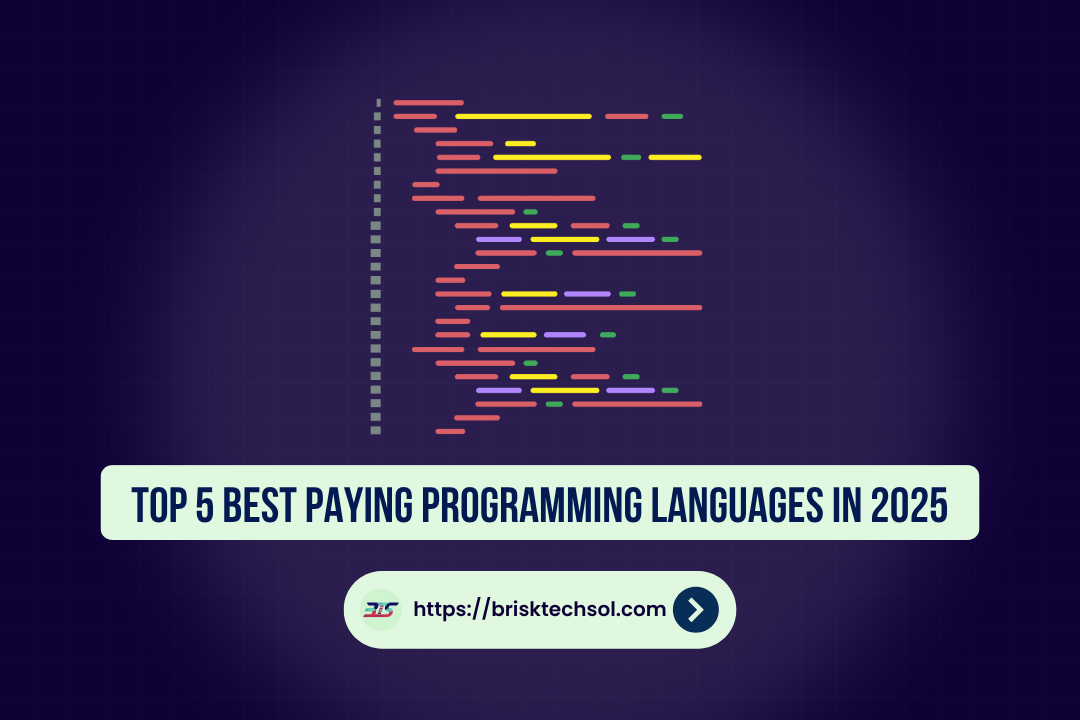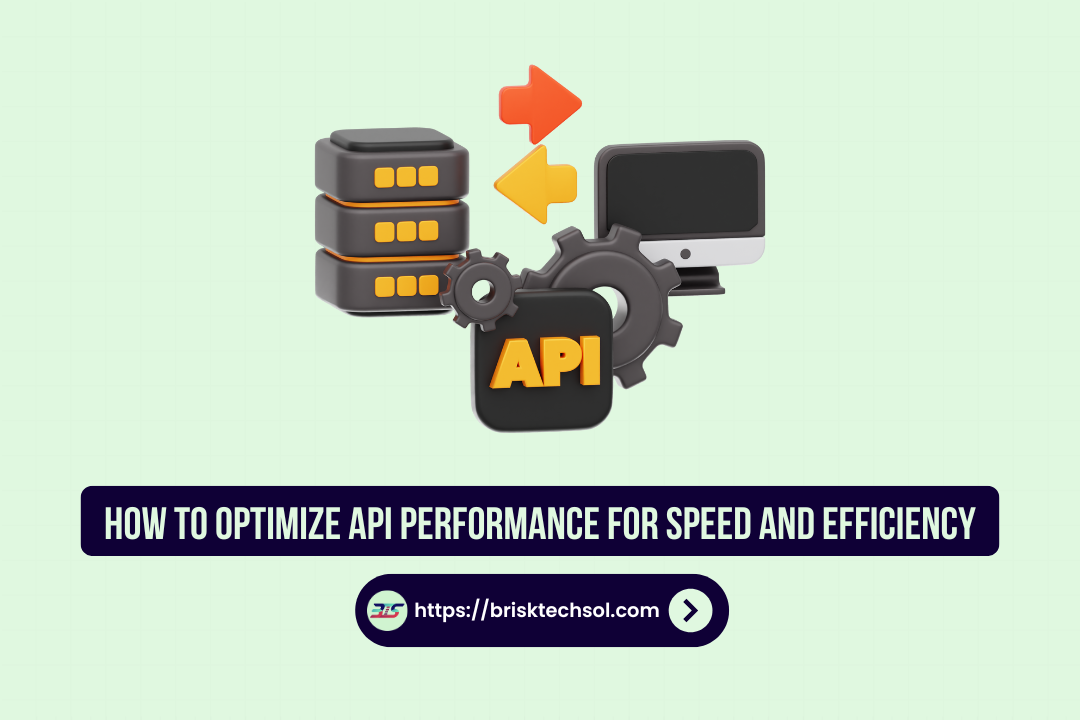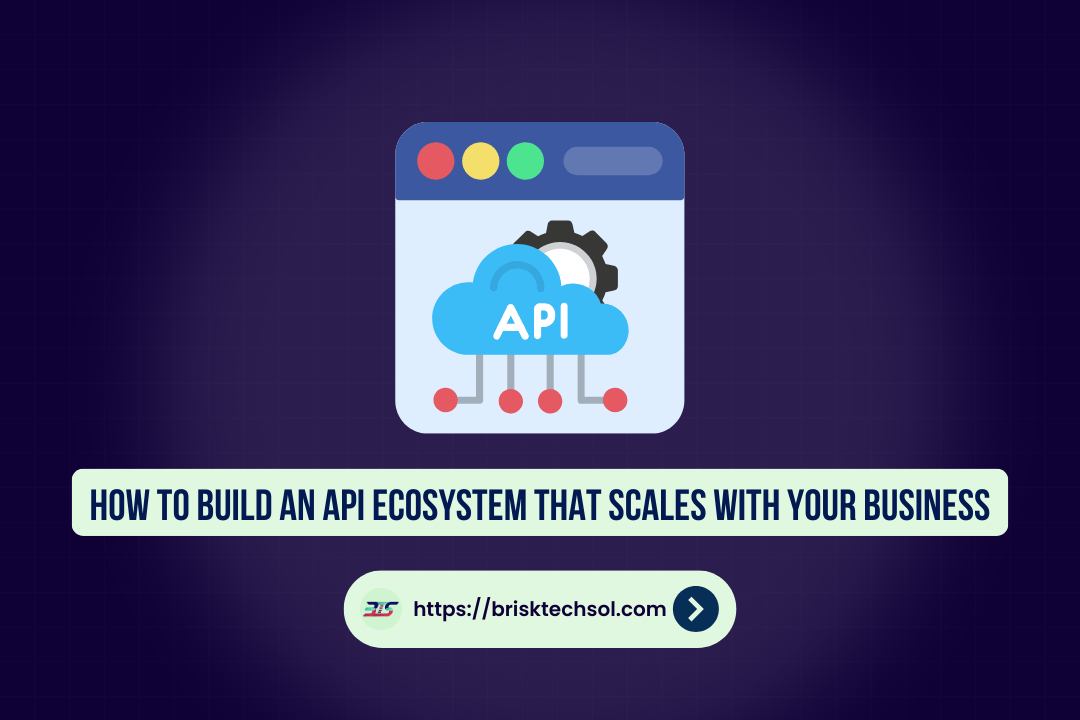In the digital era of 2025, startups face fierce competition and rapidly changing market dynamics. The Ultimate Digital Marketing Checklist for Startups is your go-to guide, offering actionable strategies, expert SEO insights, and advanced AI integrations. This comprehensive resource empowers startups to optimize campaigns, drive ROI in digital world with confidence.
Digital Marketing For Startups
The digital marketing world has changed significantly over the past few years, especially for startups striving to gain a competitive edge. In 2025, new technologies and data-driven strategies have reshaped how businesses reach their target audience. Today’s consumers expect personalized, interactive experiences that transcend traditional marketing methods.
Startups must now contend with an array of digital channels, from social media platforms and search engines to emerging technologies like AI-powered chatbots and augmented reality. Traditional advertising methods are quickly being supplanted by digital campaigns that offer measurable results. In fact, industry reports indicate that digital ad spend is expected to grow by over 20% this year, with a significant portion of that investment directed towards performance marketing and real-time analytics.
For startups, the challenge is not only to adopt these technologies but also to integrate them effectively into a broader marketing strategy. A side-by-side comparison table outlining traditional versus digital marketing metrics can be invaluable. For example, consider a quick table:
| Metric | Traditional Marketing | Digital Marketing |
|---|---|---|
| Reach | Broad, untargeted | Highly targeted |
| Measurability | Limited | Real-time analytics |
| Cost Efficiency | Higher costs | Lower cost per lead |
This evolution demands that startups not only stay updated with industry trends but also become agile in their approach. The competitive advantage lies in the ability to quickly adapt, measure outcomes, and reallocate resources toward channels that deliver the best performance. Digital marketing today is as much about storytelling and engagement as it is about data and automation. By understanding these dynamics, startups can better position themselves for success in the digital marketplace.
The Ultimate Digital Marketing Checklist
Creating a foolproof digital marketing strategy requires a detailed checklist that covers every aspect of your online presence. This section delves into the key strategies that startups must adopt to thrive in 2025.
1. SEO and Content Marketing
Start with a robust search engine optimization (SEO) foundation. Ensure your website is technically sound with fast load times, mobile responsiveness, and proper meta tags. Keyword research remains essential; target high-intent phrases such as “digital marketing checklist for startups,” “SEO for startups 2025,” and long-tail variations. Incorporate LSI and NLP keywords like “machine learning limitations” and “neural network drawbacks” naturally into your content. High-quality, evergreen content that addresses user intent can boost organic traffic significantly.
2. Social Media Marketing
Social platforms are indispensable channels. Develop tailored content strategies for platforms like LinkedIn, Instagram, and TikTok. Use a mix of video, infographics, and interactive posts to engage your audience. Tracking engagement metrics (shares, likes, comments) and conversion data helps optimize future campaigns.
3. Pay-Per-Click (PPC) and Paid Advertising
Invest in PPC campaigns to generate immediate visibility. Use targeted ad campaigns on Google Ads and social media platforms. A detailed checklist should include setting up conversion tracking, A/B testing ad copies, and optimizing bids based on performance data. Consider the cost-per-click (CPC) trends and adjust your budget to maximize ROI.
4. Email Marketing & Automation
Leverage email automation tools to nurture leads through personalized email drip campaigns. Segment your audience based on behavior and preferences. The checklist should include steps for creating compelling subject lines, optimizing send times, and analyzing open and click-through rates.
5. Influencer & Partnership Marketing
Partnering with influencers can help amplify your message. Identify micro-influencers within your niche to maximize authenticity. The checklist should guide you on setting measurable partnership goals, tracking influencer performance, and ensuring alignment with your brand’s voice.
6. Conversion Rate Optimization (CRO)
Constantly test and tweak your landing pages to improve conversion rates. Utilize A/B testing, heat maps, and user feedback to fine-tune your website design. A conversion-focused checklist may include optimizing call-to-action (CTA) buttons, simplifying navigation, and ensuring clear messaging.
7. Automation & CRM Integration
Automate repetitive tasks using customer relationship management (CRM) systems and marketing automation platforms. Integrate tools that analyze customer data and predict behavior. This integration can lead to more efficient lead scoring and targeted messaging.
Quick Checklist Table:
A simplified version of your checklist might look like this:
| Strategy | Key Tactics | Tools/Platforms | Expected Outcome |
|---|---|---|---|
| SEO & Content | Keyword research, on-page SEO | Google Analytics, SEMrush | Increased organic traffic |
| Social Media Marketing | Platform-specific content, scheduling | Hootsuite, Buffer | Higher engagement rates |
| PPC & Paid Advertising | A/B testing, conversion tracking | Google Ads, Facebook Ads | Immediate visibility & leads |
| Email Marketing | Segmentation, automation | Mailchimp, HubSpot | Improved customer retention |
| Influencer Marketing | Partnership, performance tracking | Traackr, AspireIQ | Amplified brand reach |
| CRO | A/B testing, UX optimization | Optimizely, Crazy Egg | Enhanced conversion rates |
| Automation & CRM | Lead scoring, customer segmentation | Salesforce, Zoho CRM | Streamlined processes |
Each strategy is backed by data studies reveal that businesses investing in SEO see a 14.6% conversion rate on average, while those with well-optimized social media campaigns often experience up to a 20% boost in engagement. Startups should use this checklist to prioritize initiatives, set measurable goals, and regularly review performance metrics.
Remember, the digital marketing checklist is not static. As technology and consumer behavior evolve, so should your strategy. Embrace agility and continuously refine your tactics based on real-time data and market feedback. Whether you’re focusing on organic SEO or leveraging paid campaigns, the key is to stay consistent, test frequently, and never stop optimizing.
Integrating AI and Emerging Technologies in Digital Marketing
In today’s hyper-competitive market, artificial intelligence (AI) is changing digital marketing. For startups in 2025, integrating AI isn’t just a trend it’s a necessity. AI-powered solutions enable businesses to automate tasks, analyze vast datasets, and deliver personalized customer experiences. Let’s explore the types of AI models that are reshaping marketing, along with their benefits and inherent challenges.
Types of AI Models & Their Drawbacks:
- Machine Learning Models:
- Benefits: Excellent for predictive analytics and customer segmentation.
- Drawbacks (Limitations): Prone to overfitting and require substantial data for accuracy.
- Neural Networks:
- Benefits: Ideal for image recognition, voice search, and complex pattern detection.
- Drawbacks (Pitfalls): Computationally intensive and can be seen as “black boxes.”
- Deep Learning:
- Benefits: Enhances automation in content personalization and dynamic ad placements.
- Drawbacks (Challenges): High cost and energy consumption.
- Natural Language Processing (NLP) Models:
- Benefits: Critical for sentiment analysis and chatbots that understand human language.
- Drawbacks (Shortcomings): May inherit biases and struggle with nuanced language.
LSI & NLP Keywords List:
In addition to primary terms like “AI models” and “digital marketing,” incorporate related keywords such as:
- Predictive analytics, algorithmic marketing, automated insights, machine learning limitations, neural network drawbacks, deep learning challenges, NLP biases, data-driven personalization.
Integration Strategies:
- Personalization: Use AI to tailor content recommendations, automate email segmentation, and optimize user journeys.
- Data Analysis: Employ AI algorithms to analyze customer behavior and predict market trends.
- Automation: Implement chatbots and automated customer service solutions to enhance engagement and support.
Recent statistics show that companies using AI in marketing have experienced up to a 30% boost in customer engagement. Startups can capitalize on these technologies by combining AI with traditional digital marketing strategies. A table summarizing AI model types, benefits, and common drawbacks provides a quick-reference guide for decision-makers:
| AI Model Type | Primary Use | Key Benefits | Common Drawbacks |
|---|---|---|---|
| Machine Learning | Predictive analytics | Customer segmentation, personalization | Overfitting, data dependency |
| Neural Networks | Image/voice recognition | Pattern detection, high accuracy | High computational cost |
| Deep Learning | Content automation | Enhanced personalization | Energy consumption, cost |
| NLP | Sentiment analysis | Improved customer interactions | Biases, language nuances |
Integrating these AI models into your digital marketing strategy not only automates routine tasks but also refines the way you interpret data and engage customers. For startups, this means improved targeting, more efficient use of budgets, and the ability to scale personalized marketing efforts quickly. Embracing emerging technologies creates a competitive advantage by ensuring that your digital campaigns remain agile and data-driven.
Developing a Content Strategy with AI Insights & Keyword Optimization
An effective content strategy is the backbone of any successful digital marketing campaign. In 2025, leveraging AI insights and strategic keyword optimization can elevate your content, ensuring it resonates with both audiences and search engines.
AI-Driven Content Creation:
- Topic Discovery: AI tools can analyze trending subjects and user queries to suggest content topics that are highly relevant.
- Content Optimization: Use algorithms that evaluate readability, sentiment, and keyword density to refine drafts before publishing.
- Personalization: Tailor content based on customer data, ensuring each visitor experiences a personalized journey.
Keyword Optimization:
- Primary & LSI Keywords: Combine high-value keywords such as “digital marketing checklist,” “startups 2025,” and AI-related phrases with LSI terms like “machine learning limitations” and “predictive analytics.”
- Keyword Mapping: Develop a keyword map that aligns primary topics with supporting LSI and NLP keywords. A simple table might include columns for primary keywords, secondary keywords, and long-tail variations.
Implementation Best Practices:
- On-Page SEO: Place target keywords in the title, headers, introductory paragraphs, meta tags, and image alt text.
- Content Structure: Use clear subheadings, bullet lists, and short paragraphs to improve readability and SEO.
- Engagement Metrics: Monitor bounce rates, dwell time, and social shares to gauge content effectiveness.
AI not only helps in identifying the most relevant topics but also aids in dynamically updating content strategies as search trends evolve. With the right blend of human creativity and algorithmic precision, startups can maintain a competitive edge by consistently delivering content that meets user intent and ranks highly on search engines.
Measuring Success: Analytics, Data & ROI
Tracking and analyzing your digital marketing performance is essential for continuous improvement. By leveraging advanced analytics tools, startups can measure every aspect of their marketing campaigns from traffic sources to conversion rates.
Key Performance Indicators (KPIs):
- Website Traffic: Use tools like Google Analytics to monitor overall visits, unique users, and bounce rates.
- Conversion Rates: Track how well your website converts visitors into leads or customers.
- Engagement Metrics: Measure social media engagement, email open rates, and time on page.
Analytics Tools & Techniques:
- Real-Time Data: Utilize real-time analytics to adjust campaigns promptly.
- A/B Testing: Constantly test different landing pages, CTAs, and ad copies to refine your messaging.
- Attribution Models: Implement multi-touch attribution models to accurately assign value to each marketing channel.
ROI and Data-Driven Decision Making:
Data isn’t just for measurement—it’s a roadmap for optimizing future campaigns. Startups can use advanced dashboards that aggregate key metrics and visualize trends. This data-driven approach enables quick course corrections, budget reallocations, and strategic adjustments to maximize ROI.
A sample KPI dashboard might include:
| KPI | Target Value | Current Performance | Action Required |
|---|---|---|---|
| Website Traffic | +25% increase | +20% increase | Optimize SEO and content |
| Conversion Rate | 5-7% | 4.8% | Refine landing pages |
| Social Media Engagement | +15% improvement | +12% improvement | Enhance post frequency |
By setting clear benchmarks and continuously monitoring performance, startups can identify areas of improvement, celebrate small wins, and drive overall marketing success. Analytics and ROI measurement are not one-time tasks they require ongoing evaluation to keep pace with evolving digital trends.
Key Takeaways
Stay Agile and Open to Change:
The digital world moves fast stay flexible and adapt to new trends. Keep learning, experimenting, and tweaking your strategy to connect with your audience and grow.
Cover All Bases with a Solid Plan:
A strong marketing checklist keeps you on track. Focus on SEO, content, social media, PPC, and email marketing to build brand awareness and attract the right customers.
Use AI to Work Smarter, Not Harder:
AI can personalize customer experiences and automate tasks, making your life easier. Just be mindful of its limits, like data accuracy and occasional biases.
Create Content That Truly Connects:
Great content isn’t just about keywords. it’s about storytelling. Use smart SEO strategies, but always focus on making your content valuable, engaging, and relatable.
Track, Learn, and Keep Improving:
Marketing is all about testing, learning, and evolving. Keep an eye on your metrics, tweak what’s not working, and celebrate small wins along the way.
FAQ’S
Q1: What is the main focus of this digital marketing checklist?
This checklist covers every essential strategy from SEO and content optimization to social media, PPC, and AI integration—ensuring startups in 2025 have a comprehensive guide to boost online presence and drive measurable ROI.
Q2: How can AI improve digital marketing for startups?
AI offers enhanced personalization, predictive analytics, and automation. By leveraging models like machine learning and NLP, startups can better segment audiences, tailor content, and optimize campaigns in real time.
Q3: What are common challenges with using AI models in marketing?
While AI provides significant benefits, challenges include overfitting, high computational costs, and potential algorithmic biases. The checklist highlights strategies to mitigate these issues and maximize performance.
Q4: How does the checklist address content strategy and SEO?
It emphasizes robust keyword research using primary, LSI, and NLP keywords, and outlines best practices for on-page SEO, ensuring content is both engaging and optimized for search engines.
Q5: What performance metrics should startups focus on?
Startups should track KPIs like website traffic, conversion rates, engagement metrics, and ROI. Continuous monitoring and A/B testing are recommended to refine strategies and achieve sustainable growth.


